Introduction
For landlords, property managers, and housing associations, handling tenant bond lodgments can be a minefield of regulations, deadlines, and audit requirements. Non-compliance risks penalties, tenant disputes, and reputational damage. Modern property management software offers an integrated, automated way to manage bond lodgments—ensuring funds are captured, recorded, and reported in line with statutory requirements. In this post, we’ll explore the core compliance challenges around bond lodgments and show how software features—automated workflows, validation checks, secure escrows, and audit trails—help you stay fully compliant with minimal manual effort.

Understanding Bond Lodgment Compliance Requirements
Jurisdictional Variance
- Regulatory bodies: In the US, state agencies (e.g., California Department of Consumer Affairs); in Australia, bodies like the NSW Fair Trading.
- Lodgment deadlines: Typically 14–30 days from bond receipt.
Key Compliance Obligations
- Timely Remittance: Deposit bond funds into the approved authority’s trust account within the legal window.
- Accurate Record-Keeping: Include tenant details, property address, bond amount, and date lodged.
- Secure Storage: Funds must be held in regulated, interest-bearing trust accounts.
- Reporting & Reconciliation: Provide periodic statements to tenants and regulators; reconcile software records with bank statements.
- Audit Readiness: Maintain an immutable audit trail of who handled each lodgment, when, and any correspondence.
Core Software Features for Compliant Bond Management
1. Automated Workflow & Deadline Tracking
- Configurable timelines: Define local lodgment deadlines (e.g., 21 days) so the system flags imminent due dates.
- Task automation: Auto-create and assign tasks for bond submission—send reminders to property managers and escalate overdue actions.
2. Validation Checks & Data Integrity
- Mandatory fields: Enforce entry of tenant name, lease dates, bond amount, and correct authority code before allowing submission.
- Format validation: Ensure bond reference numbers match the regulator’s required format (e.g., 8-digit numeric codes).
- Duplicate detection: Alert if multiple bonds for the same tenancy are entered.

3. Secure Escrow Integrations
- Direct API connectivity: Link to government trust-account portals (where available) for one-click bond lodgment.
- Payment gateways: Integrate with PCI-compliant payment processors to collect bond funds securely and route them into escrow.
- Reconciliation module: Automatically import transaction records from the trust-account portal or bank feed and match them to lodgment entries.
4. Audit Trails & Immutable Logs
- User activity logs: Record every create, update, and submit action, with timestamps and operator IDs.
- Document attachments: Store signed bond lodgment forms, receipt PDFs, and regulator confirmations alongside each record.
- Version history: Track changes to bond data so you can revert or review modifications during audits.
5. Reporting & Tenant Communications
- Compliance dashboards: Real-time status of all bond lodgments, showing pending, submitted, and overdue items by property or manager.
- Automated notifications: Generate and email tenants their bond lodgment receipts and annual statements.
- Regulator exports: Produce formatted reports or CSV files ready for bulk upload to government portals.
Best Practices for Implementation
Map Local Regulations First
Document all bond-related rules for each jurisdiction you operate in, then configure your software to enforce these parameters.
Train Your Team
Ensure property managers understand the automated alerts and know how to resolve flagged issues (missing data, failed lodgments).
Schedule Regular Reconciliations
Even with automated bank feeds, conduct monthly reviews to catch any mismatches or portal synchronization errors.
Maintain Data Security
Use role-based access controls so only authorized staff can view bond amounts or execute lodgment actions. Encrypt sensitive data at rest and in transit.

Keep Audit Logs Immutable
Choose software that locks audit trails from tampering—critical evidence during compliance inspections or legal disputes.
Conclusion
Bond lodgment compliance demands precision, timeliness, and transparency—all of which modern property management software can deliver. By leveraging automated workflows, data validation, secure escrow integrations, and robust audit trails, you can eliminate manual errors, avoid regulatory penalties, and provide tenants with clear, trustworthy records. Implement these features and best practices to transform a once-daunting administrative burden into a seamless, compliant process—protecting both your business and your tenants.


